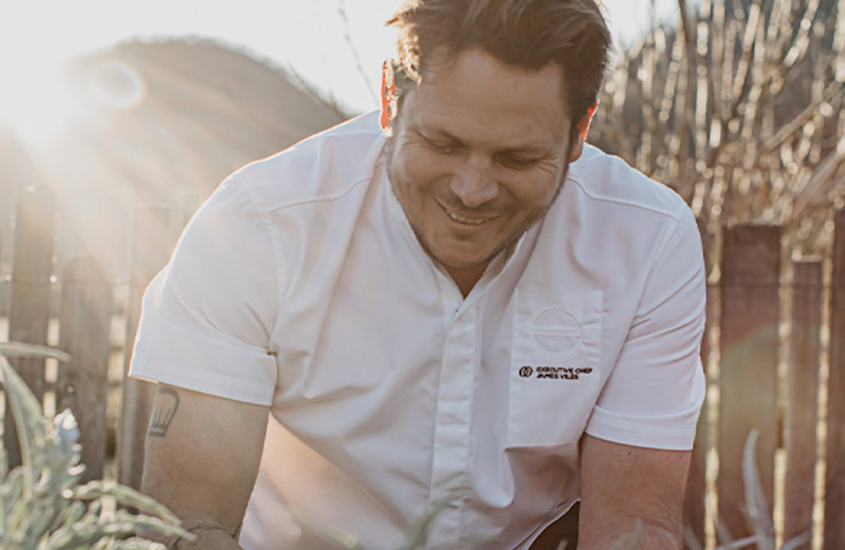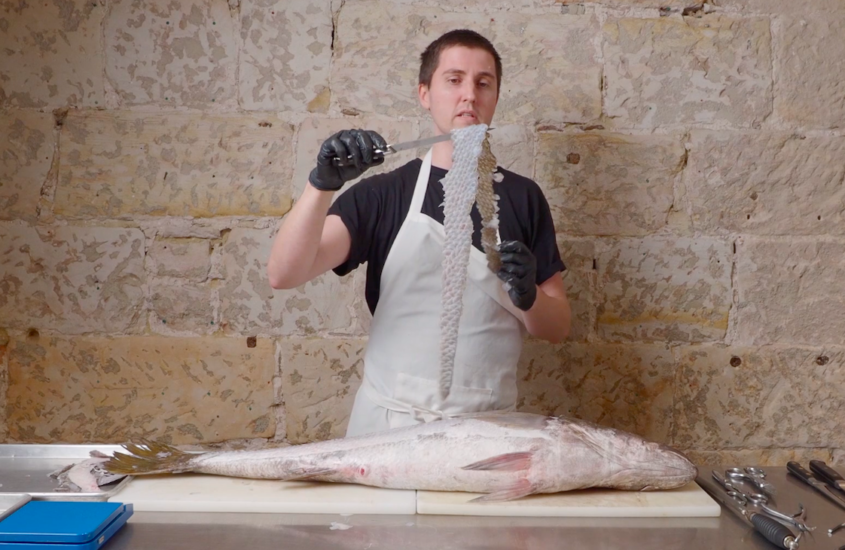By Jenna McRae:
Keeping your hide in the best shape for your taxidermy mount starts as early as before you pull the trigger. Taking your first most ethical shot is crucial to bag your animal, however, waiting for the animal to be in such a position to not plummet down a rock slope or fall off a cliff will prevent damage to both hide and horns/antlers. Keep in mind the cleaner you start out, the better quality of mount will end up on your wall.
It is essential to cool your hide down as soon as possible and keep it cool until it gets to the taxidermist. However, if you cannot get to a cooler within a couple of hours, salt will have to be applied to prevent the growth of bacteria. Bacteria WILL lead to hair slippage and will result in an unusable hide for your mount.
Before you head out on your hunting trip, make sure to pack salt with you. I prefer the Sifto brand fine grain table salt. I buy it in bulk from Costco in a 25-pound bag. This will be enough to cover a large animal and even enough to reapply a fresh layer once the salt has drawn out a lot of the moisture from your hide and has been scraped off. A reminder that using a sharp blade or knife is always necessary for clean cuts. Skinning knives work well, but preferred is a knife with a replaceable scalpel blade to keep a surgical grade of sharpness.
Skinning Your Animal
Remember to cut clean and straight lines, and try to cut with the direction of fur growth when possible, not against. It is best to decide on the mounting if you are planning on doing a life size, half size mount, shoulder mount or a rug. This will determine where to make the cuts on your animal.
Rug
To make my directions clear, I am going to explain this method while skinning a bear.
There are five initial cuts to make and they are very important to ensure you keep your rug proportional and square.
- Flip your animal onto its back exposing the belly area. Pierce inside the anus and cut up the belly along the midline. Go past the front shoulders to the base of the throat. You can cut to the back corner of the jaw, but try your hardest not to cut past that.
- Grab one of the hind legs and pierce the hide starting behind the middle of the foot pad. Follow a straight line on the inside of the leg towards the anus adjoining the first initial cut down the middle of the trunk. Repeat with the other hind leg.
- Grab a front leg and pierce behind the middle of the front pad and follow it down in a straight cut adjoining the first initial cut again. Repeat with the other front arm.
- Working from one side of the bear skin, peel the fur, working carefully not to puncture any holes until you work your way down to the hind legs and expose the ankles. Using the “twist off method,” cut through the outer tendons on both sides of the rear ankle joint. Use both hands to twist the rear foot to break it at the joint.
- Going to the front paw repeat the same procedure as the back paw, cutting through the tendons and twist off the front paw.
- Next you will get to the tail. Cut down the center of the tail following the bone until you reach the tip. Skin around the tail bone and continue on with the hide.
Shoulder Mount
- Circle cut around the animal starting at the bottom of the sternum. Then, make two cuts starting from the back of each horn or antler that come to a point, the two cuts that come together will resemble a ‘V’ with the point of the ‘V’ landing on the middle of the spine. Continue to cut the cape down the length spine, with the flow of the hair all the way to the circle cut you made around the animal.
- Cut a circle around the front leg knee. This leaves the armpits and the brisket intact. Start skinning the cape off the animal until you can safely cut the head free at the base of the skull, then skin down and tube the front legs off.
- Do not cut the brisket or up the front of neck at all. This is the most visible part along with the face and sewing up this spot can sometimes be visible. This area needs to be strong in case we need to pull the hide tight around your form.
Life size
- Instead of making a circle cut around the animal as you would a shoulder mount, start at the top of the head behind the ears and Make your ‘V’ cut.
- From the point of the V use your blade and follow the cut along the spine towards the tail of the animal. Split the tail down the center. Skin the animal down towards all four legs and tubing out the legs. You may cut along the backs of each leg starting at the back of the knee and going to the hoof/foot to expose the ankle or wrist and using the twist off method to remove the hoof or foot.
- Remove the head at the last vertebrae at the base of the skull. While there are different ways to skin out a life size mount, this is my preferred method to receive a hide.
Removing the Skull
(This applies to all choices of mounts)
- Taking the point of your knife, run it around the base of the horn/antler at a 90 degree angle to separate the cape from the horns/antlers. Make sure to have a straight solid cut instead of a jagged cut.
- Carefully skin around the horn/antler and then start skinning toward the ear, separating skin from muscle.
- When reaching the ear butt try to cut it off closest to the skull. One way I do this is to put one finger inside the ear canal and as far as it will go towards the skull and feel where that finger is with your opposite hand, cut through accordingly. DO NOT CUT YOUR FINGER.
- Continue to slowly skin down to the eye sockets, when reaching the top of the eye socket, begin to take as much surrounding tissue as you can. Flip the cape back out and be aware of where your eye lids are. Just in front of the inner corner of the eye lays a gland you will have to carefully cut downwards into.
- Turn your attention now into the mouth and nose. Turn your animal so you are facing it. Open the mouth and cut along the gum line at the front leaving lots of inner lip. Work your way back, continuing to cut close to the jawline. As you reach the top jawline and towards the nasal passage pull the nose back and cut the nose cartilage as close to the skull as you can, continue to skin the face off.
Splitting and Turning the Ears
This is an important step because we must get salt into these spots to stop the bacteria from causing hair loss and slippage which will cause you to have a useless cape. No one wants patches of hair missing on their mount.
Lip Splitting
Take the lips between your fingers and with your blade carefully separate the muscle from the skin, do not cut through when you get to the edge of your lip, just open them up to let the salt in.
Eyes
Just peel away some of the fatty tissue around the eyes but leave the eye lids alone.
Flipping the Ears
With your sharp blade start skinning the ear butt being careful not to cut through the skin where the inside corner of the ear begins. As you work your way in to the ear the flesh will run out and cartilage will begin. At this point sometimes you are able to separate the skin from the cartilage with your thumb, or you may have to use a knife to continue to separate down to the tip of the ear. In this case I find it easiest to find a rounded stick to push up inside the ear to give a more open spot to carefully separate as far in as you can.
Salting
Lay the hide out and rub salt into every little nook and cranny making sure to get salt on your flipped ears and all onto the face as well. If you are salting an animal with very thick skin such as an elk or moose, it is a great idea to score the hide with your blade so salt will penetrate even deeper. Fold your hide skin-to-skin and roll it up and place in a game bag. Avoid placing in a plastic garbage bag even if you have not had the opportunity to salt your hide. Black plastic bags keep the heat in and heat breeds bacteria!
Be sure to practice skinning on animals that you don’t intend to mount. We all know practice makes perfect with anything! Good luck out there this hunting season and be safe!













